If you sit quietly next to a deep, rocky pool in Mountainlands you may be lucky enough to spot a freshwater eel. Although they look like snakes, they are actually fish and belong to the scientific order Anguillas. Freshwater eels have an astonishing life cycle. They are born as saltwater fish and from there they enter the mouths of rivers and they miraculously transform into freshwater creatures, thus the name freshwater eels. There are 16 species which migrate between the ocean and fresh water of which 4 occur in east and southernAfrica. It is presumed they begin their life off the coast ofMadagascar as flat, leaf-shaped larvae, or leoptocephali. They gradually end up on the southern African coast and they gradually transform into glass eels, so named for their transparency. As they grow they acquire more colour and become known as elvers.
It is not clear why eels leave the sea. Females venture far inland whilst the males remain in the salt water near the coast or in rivers closer to the sea. Females also grow larger than males. Whilst still small, waterfalls and other vertical structures prove no obstacle to their endeavours to reach their preferred locations. Louis Loock, regional manager at MpumalangaParksand Tourism Agency says he has seen how the little elvers wriggle up the vertical wall of a weir. They migrate upstream at night when darkness affords them cover and can climb over moist barriers. Once they have reached their destination the eels settle down in rivers until they reach sexual maturity. This can be up to 25 years for females. They then prepare to swim back to sea where they change dramatically again – their eyes become big and their colour changes. There the females spawn and the males fertilise the eggs. It is believed they die soon afterwards. The four species found in southern Africa are the Longfin eel (Anquilla mossambica),Shortfin eel (Anguilla bicolor bicolor), African Mottled eel (Anguilla bengalensis labiata) and Madagascar Mottled eel (Anquilla marmorata). Anquilla mossambica has been spotted on Mountainlands.





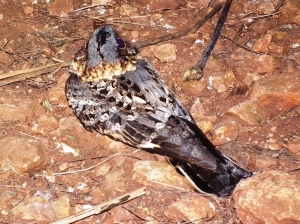
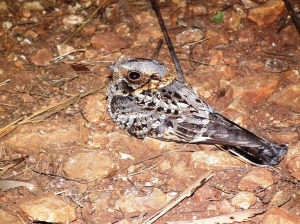






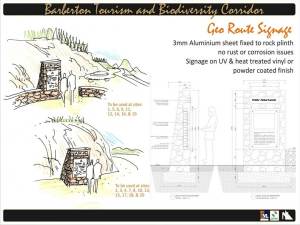
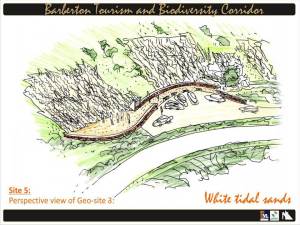
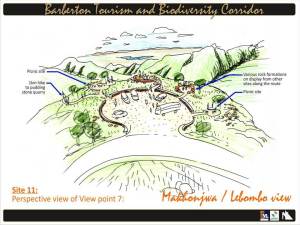
Recent Comments